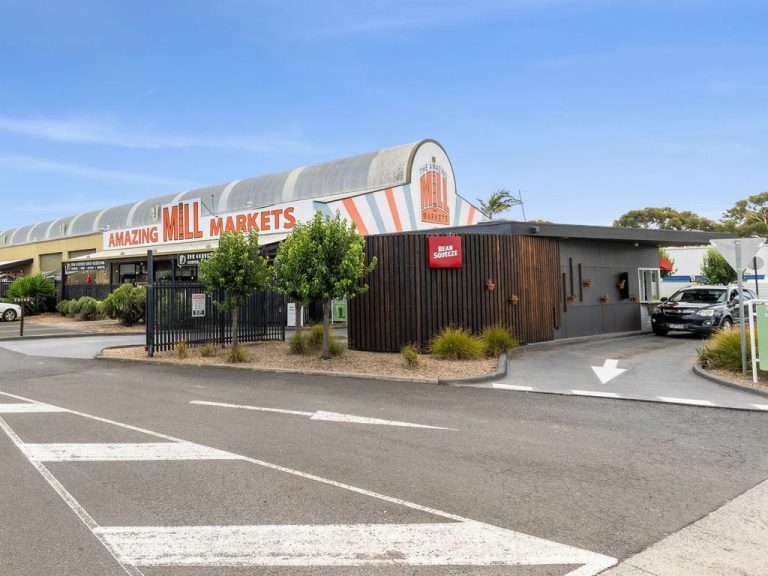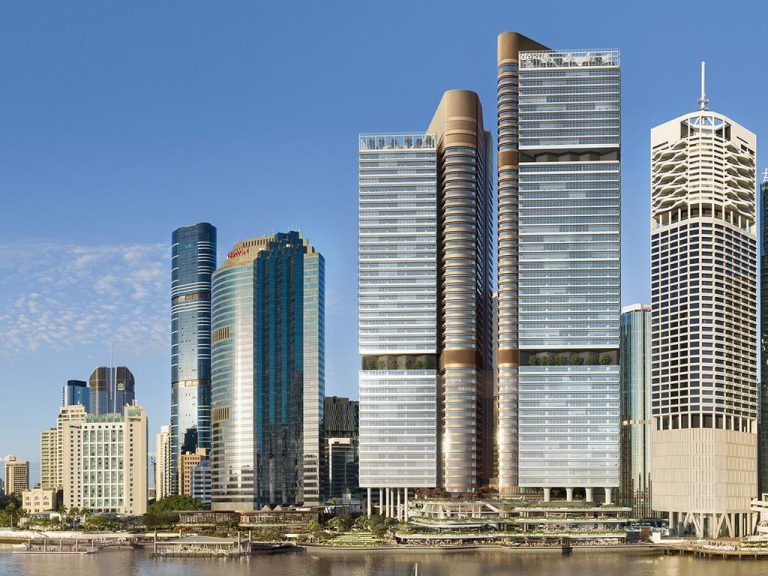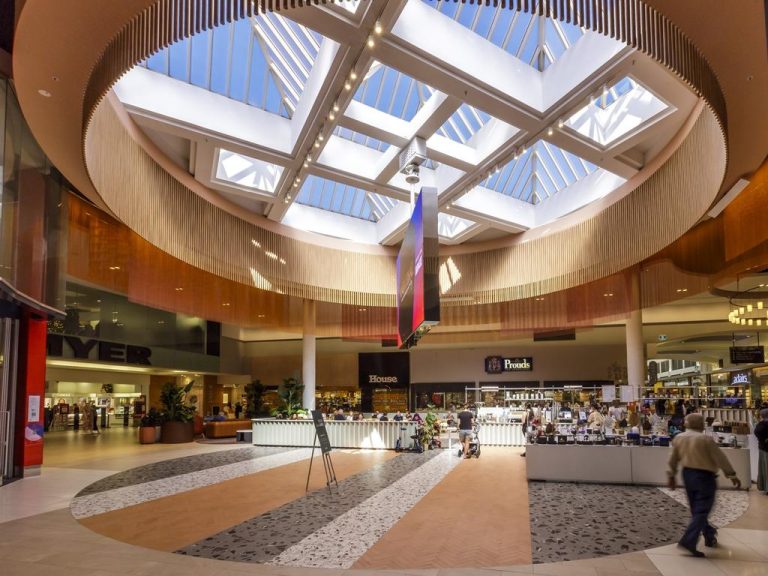Malls feel heat from department store closures

The declines in department store and discount department store sales could accelerate and hit major listed landlords Scentre Group and Vicinity Centres hard if this country follows the path of the United States, according to Macquarie Equities.
The market share of department stores has halved in the last three decades in the US to just 6% and retailers are still slashing their store spaces.
While there are arguably more stores in the US than Australia on a per head basis, local retailers are facing stiff competition from foreign entrants and the threat of Amazon at a time when households are also being squeezed by higher living costs.
Commercial Insights: Subscribe to receive the latest news and updates
“We expect retail store closures to accelerate over the next 12-36 months, led by Myer and Target,” Macquarie says.
However, it cautions that local retailers, particularly Woolworths and Myer, are constrained by existing lease commitments, making it too costly for them to embark on radical rationalisation programs.

Malls are coming under increasing pressure from foreign retailers.
This is a positive for listed landlords that hold long leases, like SCA Property Group and Charter Retail REIT, as the retailers would instead first deal with their shorter leased properties.
Macquarie says the closure of department stores has mixed results for shopping centres, depending on their quality.
Scentre Group, which owns Westfield centres locally, had to redevelop its Hurstville mall in Sydney when Myer left — and ultimately benefited — while Vicinity Centres had not really suffered from losing a Myer at Forest Hill Chase Shopping Centre in Melbourne.
The analyst’s review of recent Myer closures shows that tenants could backfill productive space with speciality shops, supermarkets, and brands like H&M and Cotton On, that are keen to expand and could pay higher rents.

The closure of department stores has had mixed results for shopping centres.
Good shopping centres are likely to see higher productivity when department stores close but, by contrast, lower quality centres rely on discount department stores to generate foot traffic.
The shift could even hit some of Australia’s top landlords that also own some lower quality centres in the portfolios.
“We estimate that Vicinity Centres and Scentre Group are more exposed to space rationalisation in this sector, primarily given the exposure to Myer and David Jones,” Macquarie says.
The group’s analysis of Myer closures showed a skew to assets with specialty sales productivity of less than $9000 per sqm and on this basis Vicinity Centres was most exposed.
Macquarie also warns that subregional shopping centres with relatively low specialty sales productivity had a heightened risk of discount department stores closing.
This article originally appeared on www.theaustralian.com.au/property.







